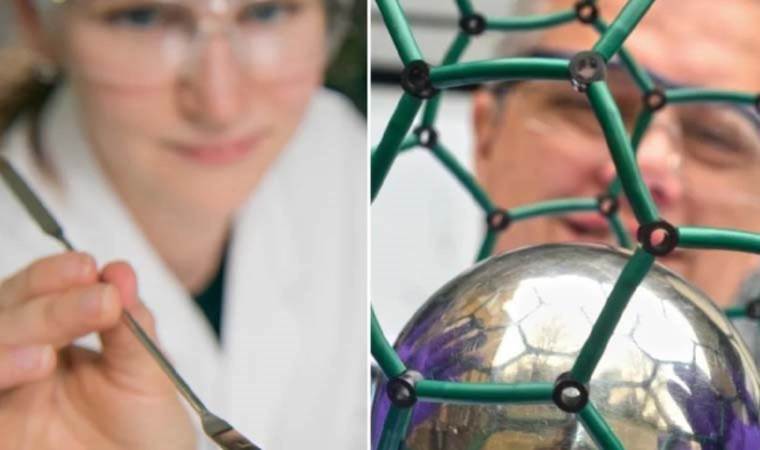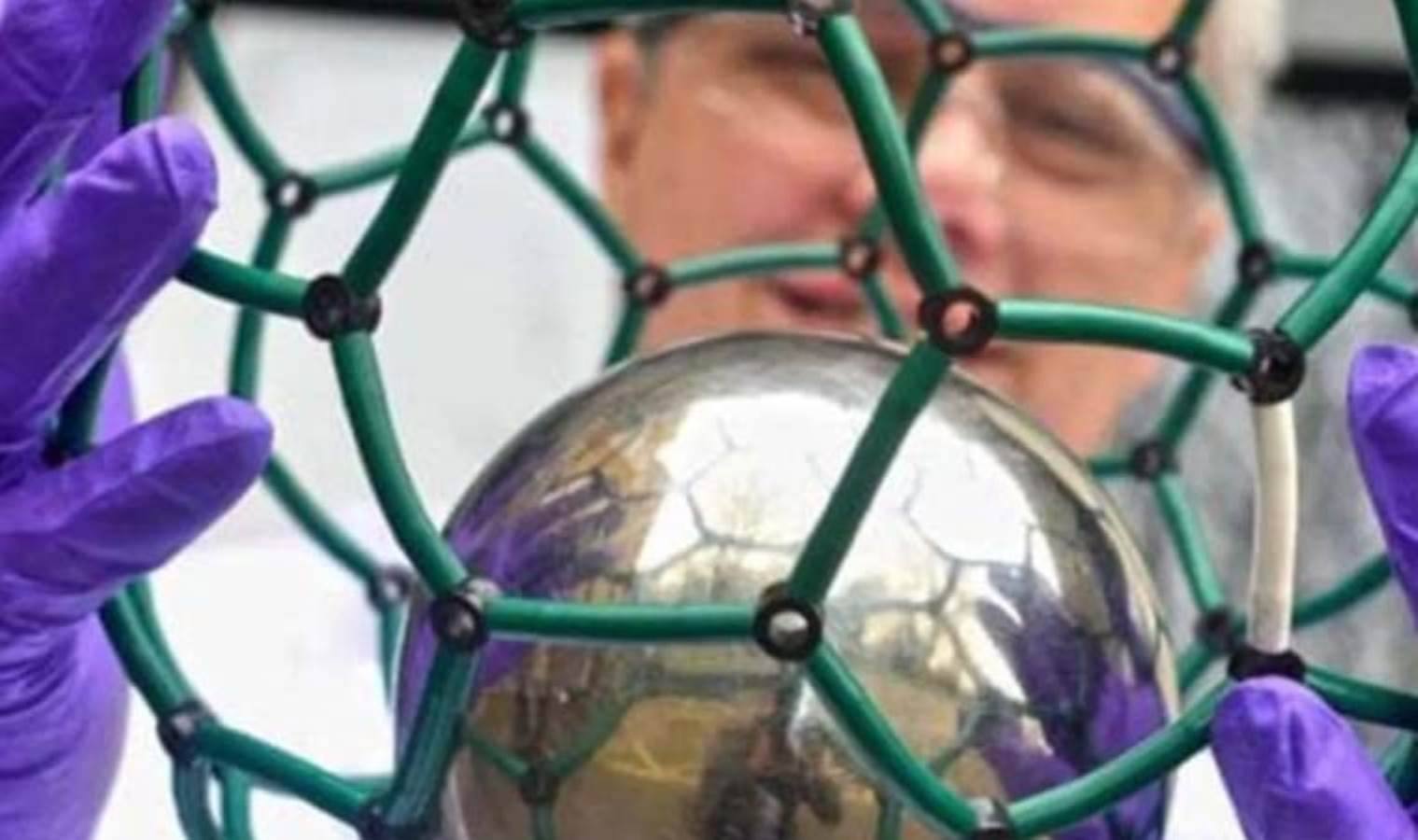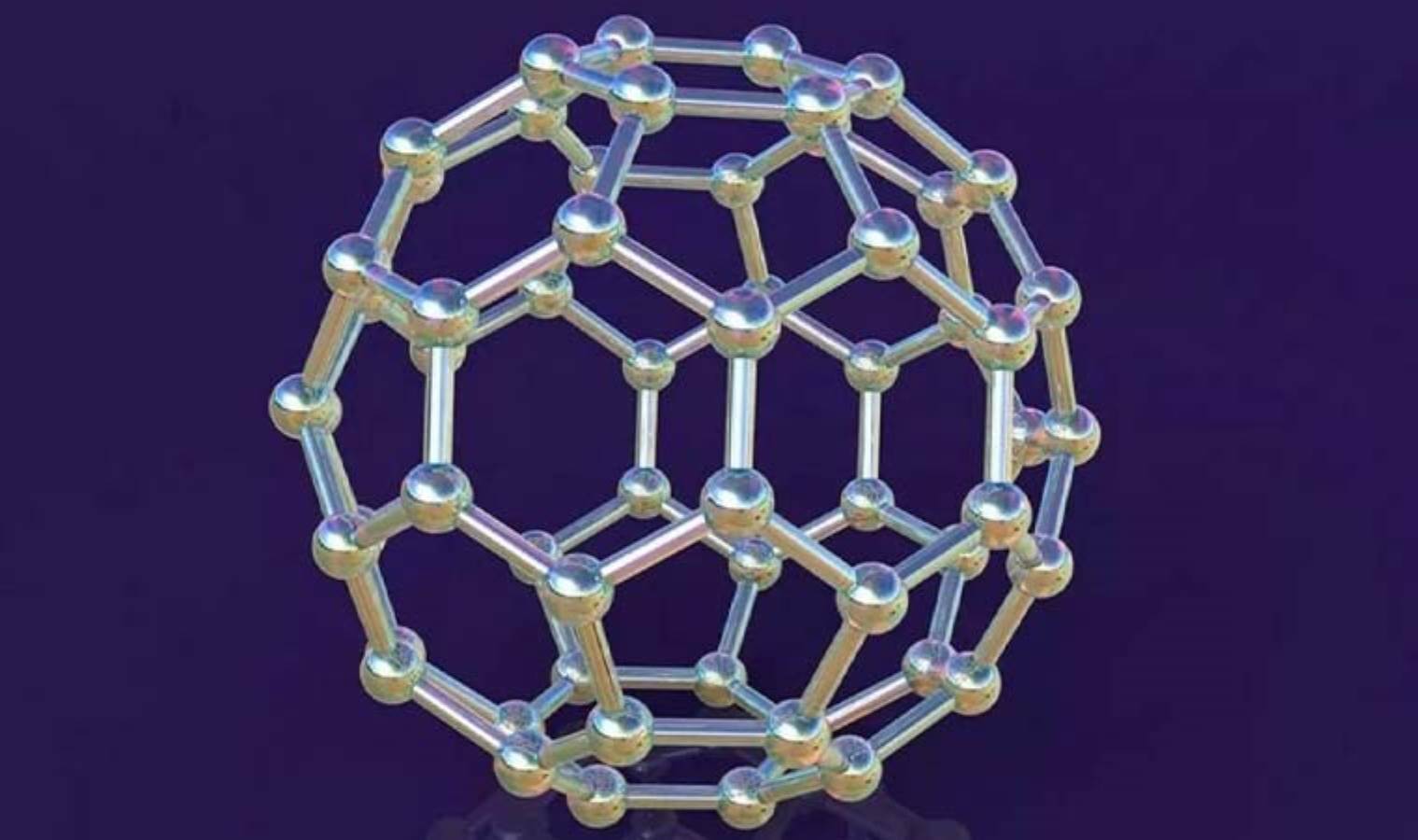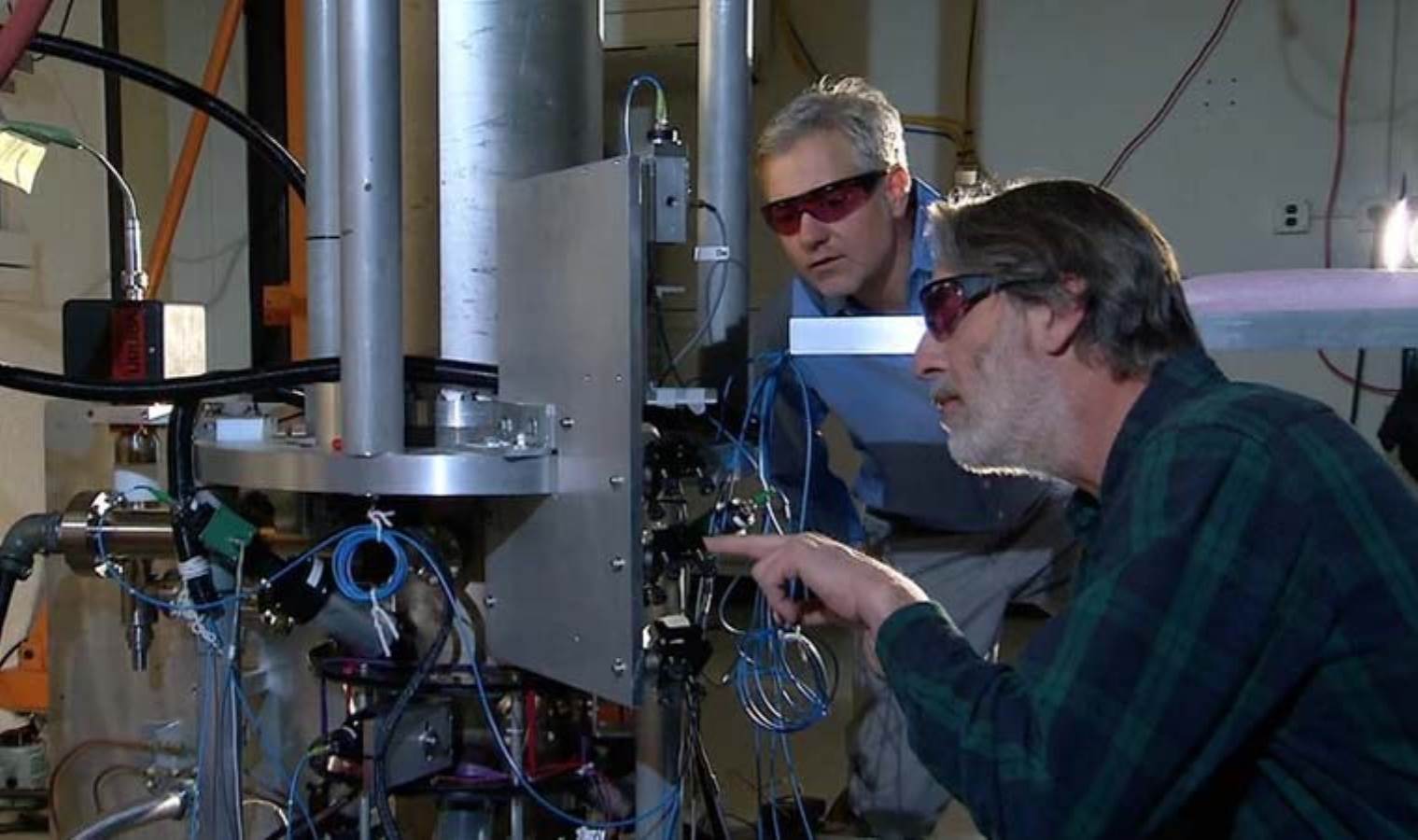The world's most expensive substance set to transform technology
The most expensive thing you can buy is not a jewel, a metal, or even a palace. You've probably never heard of this substance... Here are the priceless dust particles considered the world's most expensive substance.

Some people make headlines for the high amounts of money they spend on various materials. This could sometimes be a jewel, maybe a palace, or a very luxurious car. However, they probably have never thought of purchasing this substance, as its gram sells for around $140 million...
THE SECOND MOST VALUABLE THING ON THE PLANET
This substance draws attention not only for its function but also for its price tag, selling for a staggering $140 million per gram. So, what is this extraordinary thing? Why is it considered the second most valuable thing on the planet? We say "second" because, according to NASA, antimatter is more valuable...

VALUED AT $62.5 TRILLION
Even obtaining the smallest amount of this substance is unimaginably costly. The substance is estimated to be worth $62.5 trillion, greater than the value of the entire global economy, making it clear that no one will be able to purchase it anytime soon. This substance has led Oxford to appreciate the powder called 'Nitrogen Atom-Based Endohedral Fullerenes' as "the most expensive thing in the world."

WHAT ARE NITROGEN ATOM-BASED ENDOHEDRAL FULLERENES?
In simple terms, Nitrogen Atom-Based Endohedral Fullerenes consist of a carbon atom cage containing nitrogen atoms. These molecules, as reported by Ars Technica, have significantly advanced physical and electronic properties compared to "normal" ones; in this case, it involves a long electron spin lifetime. Now, these fullerenes are used to create incredibly accurate and small atomic clocks, the most precise timekeeping system in the world. A news bulletin on the University of Oxford's website states that typical atomic clocks are room-sized, making it apparent why miniaturizing them would be useful.
Atomic clocks are a crucial component of GPS systems, and the ability to make mini clocks will not only revolutionize route suggestions but also transform the potential of driverless cars by making navigation technologies accurate to within 1mm.

THE FUTURE OF MOBILE DEVICES
Nanomaterial scientist Dr. Kyriakos Porfyrakis, who has been working on this material since 2001, told The Telegraph in 2015: "Imagine having a miniature atomic clock that you can carry in your smartphone. This will be the next revolution for mobile devices." Currently room-sized, this substance is intended to be miniaturized in the coming years to fit inside mobile phones as a chip.
Most Read News
-
 As 2026 starts: “The Big Picture”
As 2026 starts: “The Big Picture”
-
 The Greenland and NATO reality
The Greenland and NATO reality
-
 German police struggle to identify suspects behind Berli
German police struggle to identify suspects behind Berli
-
 STC chief escaped from southern Yemen, says Joint Forces
STC chief escaped from southern Yemen, says Joint Forces
-
 ICE shooting kills woman, 37, in US state of Minnesota
ICE shooting kills woman, 37, in US state of Minnesota
-
 Taiwan continues search for missing pilot, F-16 jet on 3
Taiwan continues search for missing pilot, F-16 jet on 3
-
 Colombian president invites interim Venezuelan leader fo
Colombian president invites interim Venezuelan leader fo
-
 Trump says he spoke to Colombia's Petro; plans White Hou
Trump says he spoke to Colombia's Petro; plans White Hou
-
 US vice president defends ICE after fatal Minneapolis sh
US vice president defends ICE after fatal Minneapolis sh
-
 Sweden rejects idea of great powers doing ‘as they pleas
Sweden rejects idea of great powers doing ‘as they pleas










